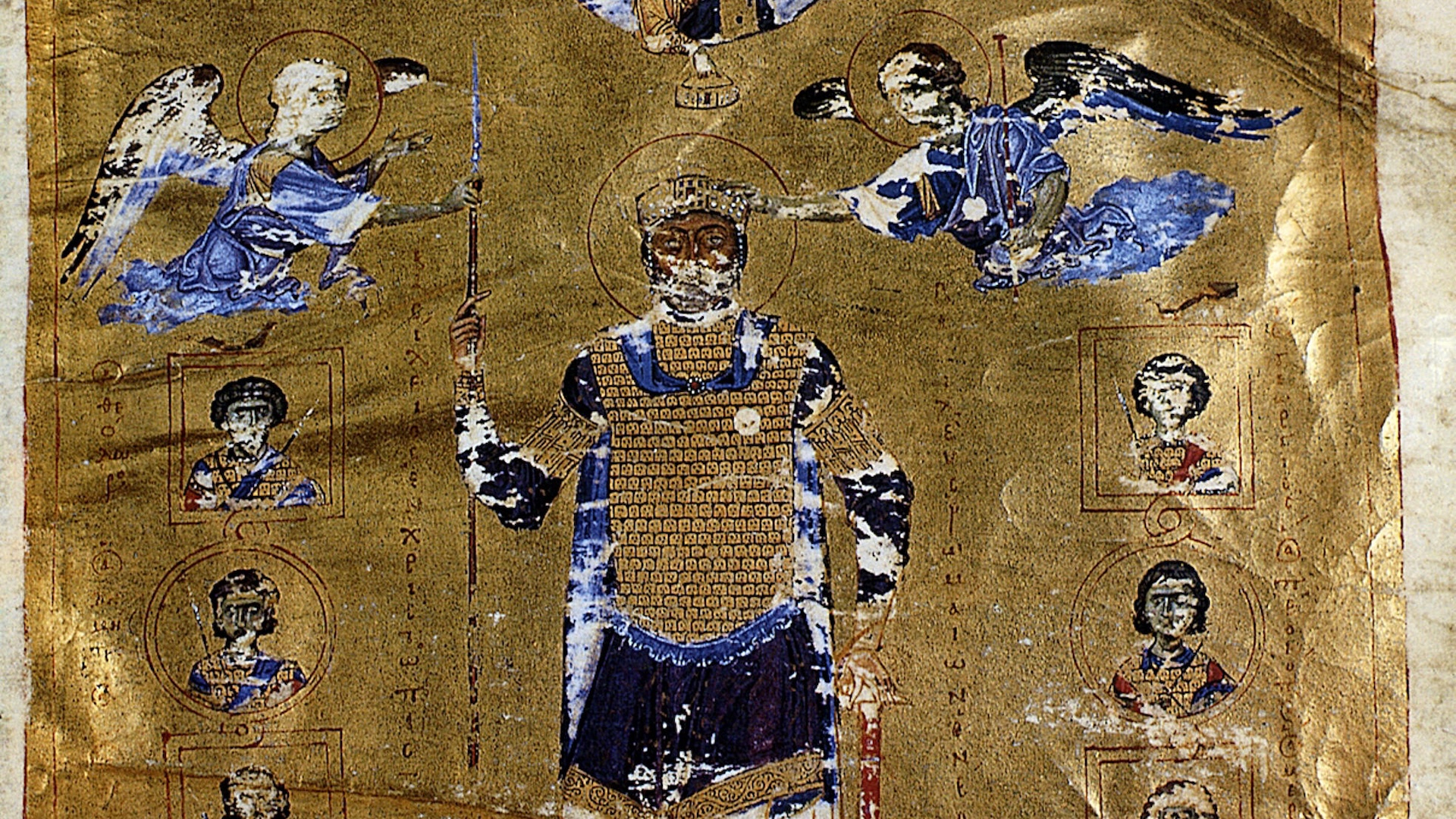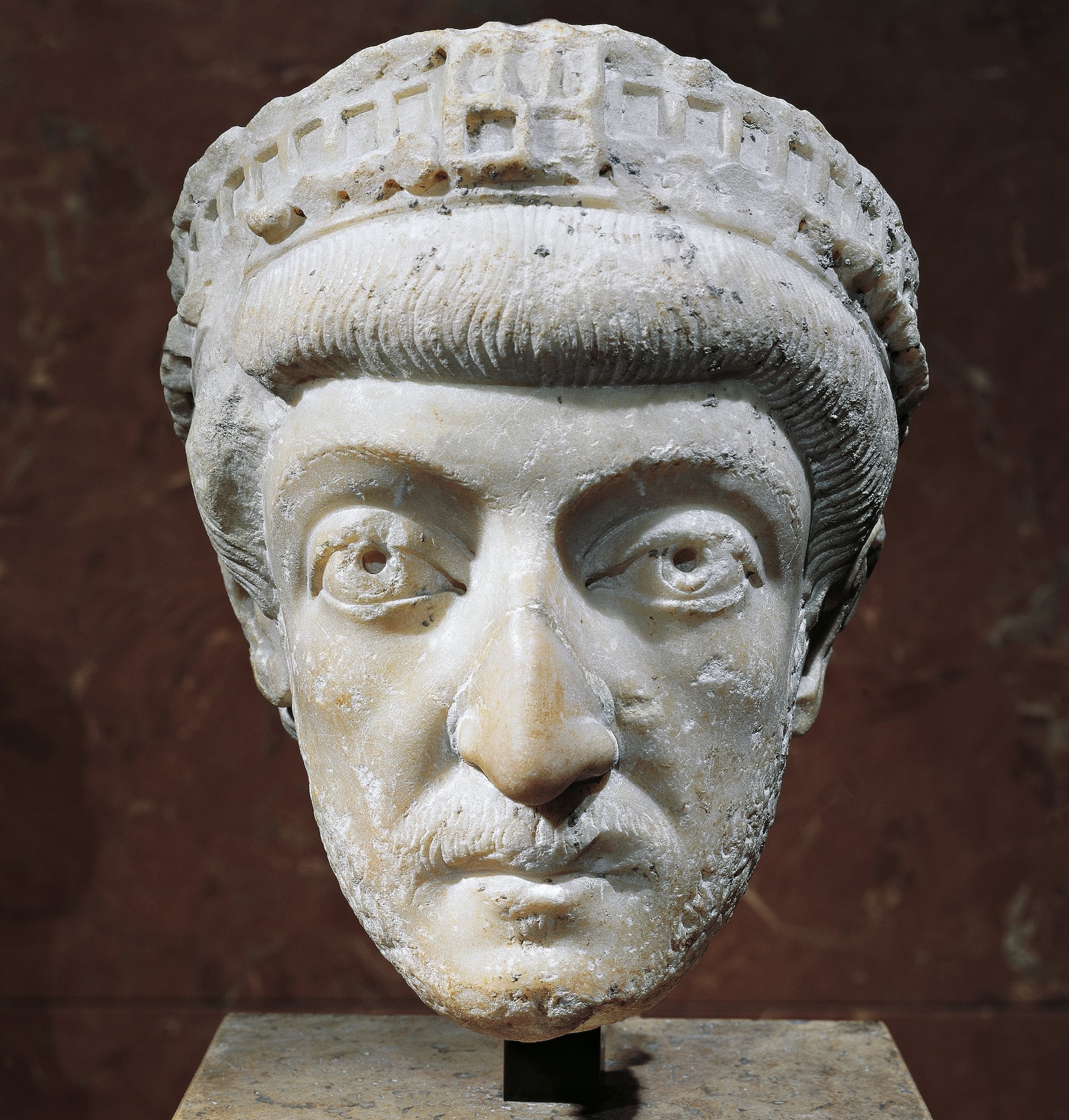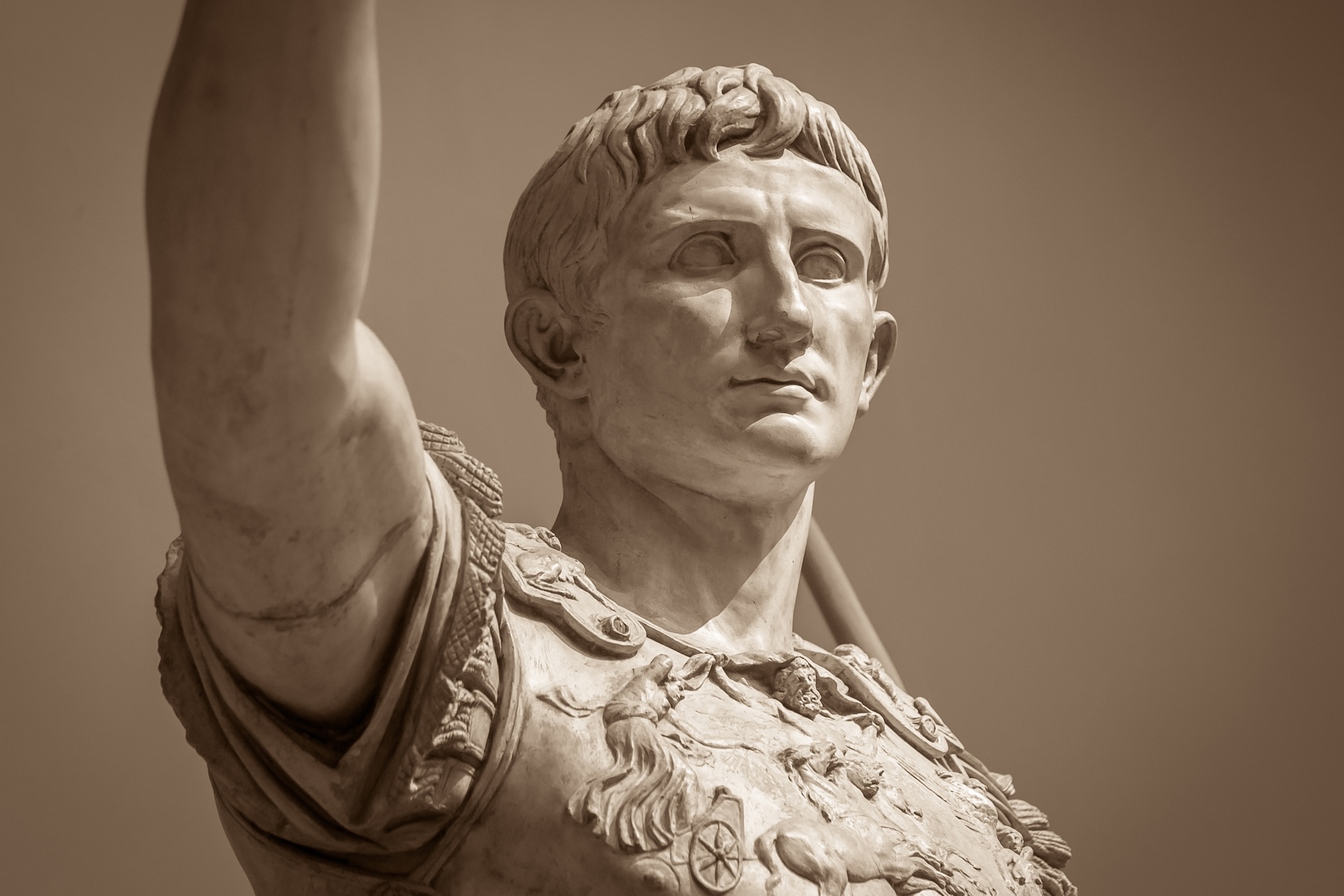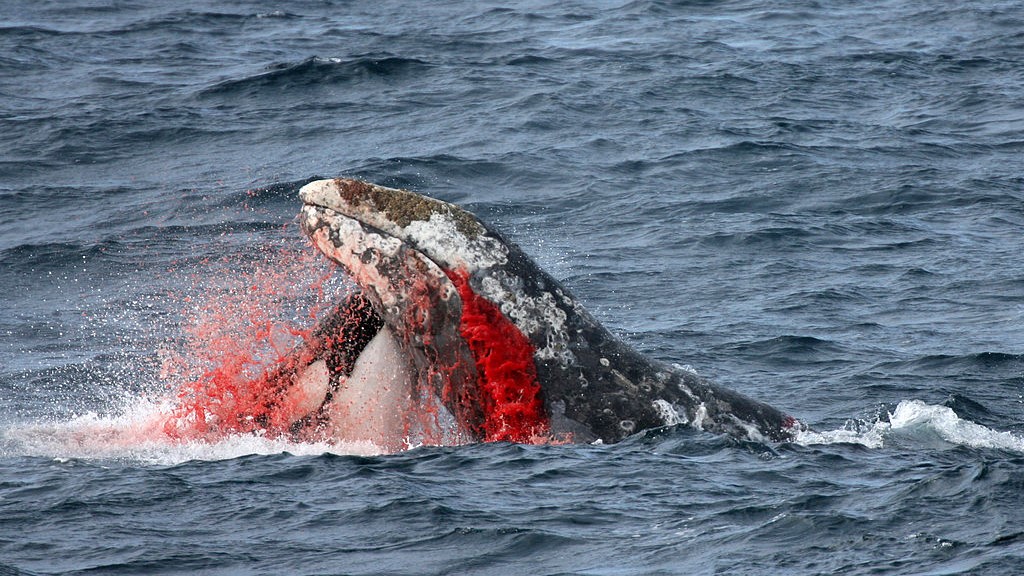Which Roman emperor ruled the longest?
The question of which Roman emperor ruled the longest is tricky to answer.

Being a Roman emperor was a risky job. It wasn't unusual for emperors to be killed by usurpers wanting to remove them from power. They also faced many health challenges, such as death from epidemics and infections.
Despite the hazards, some emperors managed to achieve long reigns. But which Roman emperor ruled the longest?
"On one level it's pretty basic, as you can just look at a list of emperors and see who had the longest reign," David Parnell, a history professor at Indiana University Northwest, told Live Science in an email. However, the question is actually trickier than it seems.
First of all, you have to define when exactly the Roman Empire ended. The Roman Empire permanently split in two in A.D. 395, with the Western Roman Empire continuing until A.D. 476. The Eastern Roman Empire, often called the Byzantine Empire by modern day historians, lasted until 1453 when Constantinople was captured by the Ottoman Empire.
"These days many people in my field — me included — are insisting that the Byzantine Empire is not a separate empire but just the Roman Empire," Parnell said.
If that's the case, then Basil II, who ruled from 976 to 1025, would be the longest ruling emperor, Stanislav Doležal, a history professor at the University of South Bohemia in České Budějovice in the Czech Republic, told Live Science in an email.
Warfare was a constant during Basil II's reign. He faced a series of civil wars during the first half of his rule and a number of wars abroad in the second half that led to the Eastern Roman Empire conquering all of Bulgaria.
Get the world’s most fascinating discoveries delivered straight to your inbox.
"His is not a reign to warm the heart. But as an exercise in the preservation of emperor and empire it is unparalleled in Byzantine history," wrote Catherine Holmes, a historian at the University of Oxford, in her book "Basil II and the Governance of Empire (976-1025)" (Oxford University Press, 2005).
Other contenders for longest-serving Roman emperor

Even if you think the Roman Empire ended in 476, when the Western Roman Empire fell, the question of who was the longest ruling Roman emperor is still complicated. Some emperors were co-rulers alongside other emperors, Doležal noted, while some emperors exercised little or no political power and were emperors in name only.
Theodosius II (ruled 402 to 450), who was an emperor of the Eastern Roman Emperor, "may have reigned for 48 years," Doležal said. Historical records indicate that his father, emperor Arcadius, named him co-emperor in about 402, not long after he was born. Arcadius died in 408 and Theodosius II became sole emperor, but he was still too young to rule on his own. Even when he was old enough to rule, he had powerful courtiers who exercised heavy political influence. "His actual effectiveness as a ruler has been debated," Doležal said.
If you consider the Roman Empire to have ended in 476 and count only emperors who were old enough to rule for their entire reign then Augustus — the first Roman emperor — ruled the longest, with his 41-year-rule lasting between 27 B.C. and A.D. 14, Doležal said.
Augustus, who was known as Octavian before he gained the throne, rose to prominence when his great uncle Julius Caesar named him his successor in his will. After the assassination of Julius Caesar in 44 B.C., Octavian formed a triumvirate ruling with Mark Antony and a statesman named Lepidus.

Lepidus was removed from power in 36 B.C. and a civil war erupted between Octavian and Mark Antony that led to Antony's defeat and suicide in 30 B.C. Cleopatra VII, the pharaoh of Egypt who had children with Antony and Julius Caesar, died by suicide that same year. But Cleopatra and Caesar's heir — the child Caesarion — was still alive. Not wanting to take chances, Octavian had him killed to prevent him from being a threat to his rule.
In 27 B.C., the Roman senate gave Octavian the title "Augustus" (meaning "revered one" in Latin).
During his rule, Augustus repaired, refurbished and rebuilt a vast array of buildings and infrastructure in Rome, including temples, shrines, the forum, the senate house, sewers and roads, Diane Favro, a professor emerita of architecture and urban design at UCLA, wrote in a chapter of the book "The Cambridge Companion to the Age of Augustus" (Cambridge University Press, 2005). Civil wars during the first century B.C. meant that Rome's infrastructure had been neglected and was badly in need of refurbishment, Favro noted.
However, Augustus' rule also suffered defeats. During his reign, Augustus also tried to expand the Roman Empire into Germany. This ended in disaster with three Roman legions being annihilated at the Battle of the Teutoburg Forest in A.D. 9.
The ancient writer Suetonius (lived circa 69 to 122) claimed that after Augustus heard the news, he refused to cut his beard or hair for several months. He also wrote that at times, Augustus would bang his head against a door and call for Quinctilius Varus (the commander of the legions who was killed in the battle) to "give me back my legions!" (translation by J. C. Rolfe)
Roman emperor quiz: Test your knowledge on the rulers of the ancient empire

Owen Jarus is a regular contributor to Live Science who writes about archaeology and humans' past. He has also written for The Independent (UK), The Canadian Press (CP) and The Associated Press (AP), among others. Owen has a bachelor of arts degree from the University of Toronto and a journalism degree from Ryerson University.
You must confirm your public display name before commenting
Please logout and then login again, you will then be prompted to enter your display name.


